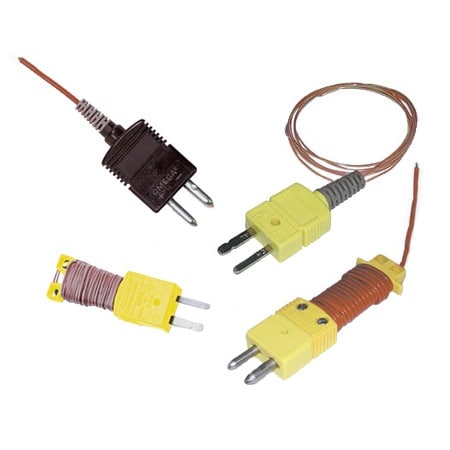As coffee drinkers are well aware, coffee is serious business, and today’s coffee manufacturing industry is a vibrant and dynamic field, blending tradition with innovation to cater to a diverse global market. With the emergence of ‘third wave coffee' (a movement originating in the Aughts characterized by treating coffee as an artisanal product rather than just a commodity), there has been a growing emphasis on high-quality product.

This shift in the industry has been reflective of consumer preferences, technological advancements, and global market dynamics, and focus is now on understanding bean origin, utilizing artisan roasting methods, and paying detailed attention to flavor profile.
Keep on Grinding
One piece of equipment that all coffee producers rely on, unsurprisingly, is an industrial coffee grinder. There are several types of grinders that coffee manufacturing companies typically use – Hammer Mills, Roller Mills, Burr Grinders, Pin Mills, etc. – depending on their specific needs and/or production scale. For industrial-scale commercial processes, burr grinders are most commonly used because they provide a uniform grind, which helps in achieving a consistent flavor profile.
Whichever type of grinder a is being used, one thing remains true: maintaining this important piece of equipment is a high priority for any manufacturer.
Why Preventive Maintenance is Key
A proactive approach in the maintenance of an industrial coffee grinder is always going to be a good idea. For one, it ensures consistent quality by keeping grinders operating at peak performance. Additionally, regular maintenance helps extend the lifespan of these significant investments by identifying and addressing issues before the escalate.One variable that can have a profound impact on the operational capabilities of an industrial coffee grinder is strain, which can be better understood by measuring the temperature of the motor during the griding process.
However, for successful observation, temperature data needs to be logged continuously and automatically and with the ability to be viewed in real-time.
Measuring and Tracking Temperature
To effectively monitor the temperature of an industrial coffee grinder’s motor, thermocouples need to be carefully mounted to various key areas of the motor. These sensors will be crucial in capturing precise temperature readings. Once the thermocouples are securely in place, their wires need to be connected to a data logger, which will serve as the central hub for recording temperature data.

As the grinder operates, the thermocouples continuously measure the motor’s temperature, sending this information to the data logger in real time. On the data logger’s screen, a live feed of temperature fluctuations can be observed, allowing performance to be closely monitored.
For more detailed analysis and for long-term tracking, the data logger can be accessed via a PC, a connection that allows you to further visualize the data and will assist in making more informed decisions about the grinder’s operation and maintenance.
Pro Tip
Because thermocouples generate a relatively small voltage, applications that involve motors can generate too much electrical noise. This noise can cause interference and throw off readings, especially when you are using more than one channel.
To address avoid electrical interference, you can:
- Use a simple filter in each channel to reduce the AC line noise.
- Use short leads as long leads act as antennas, picking up electrical and magnetic interference.
- Use an insulated thermocouple.
Omega Ingenuity
Omega products are time tested and trusted by professionals around the world. Our team of engineering experts stives to design innovative products that make our customers' applications attainable.To learn more about our comprehensive thermocouple selection, please click here.


